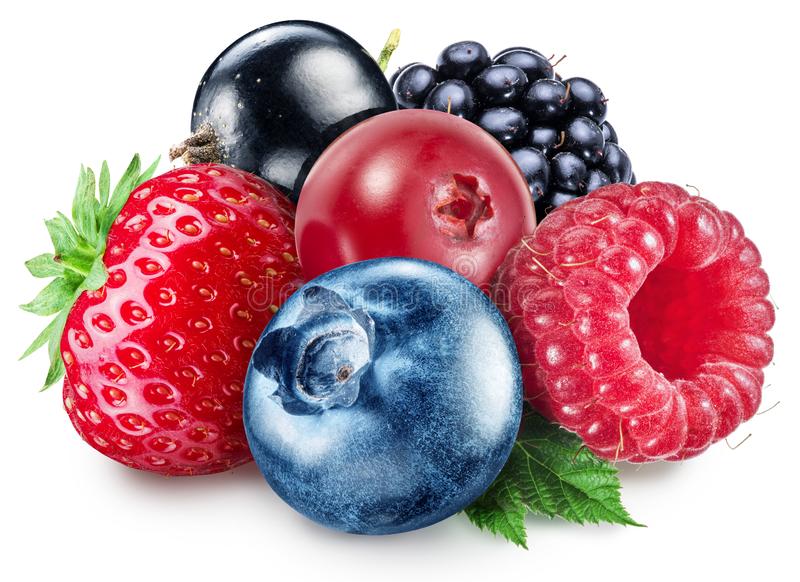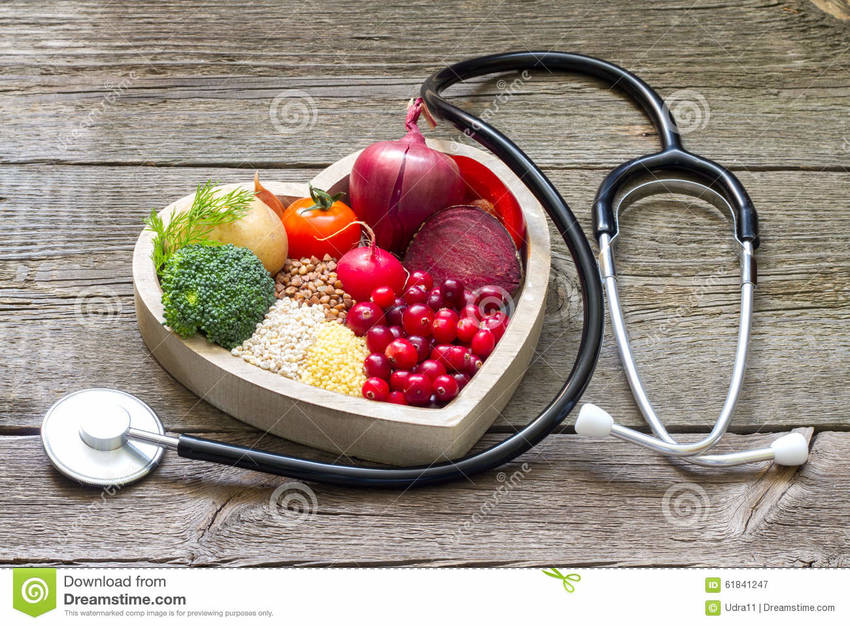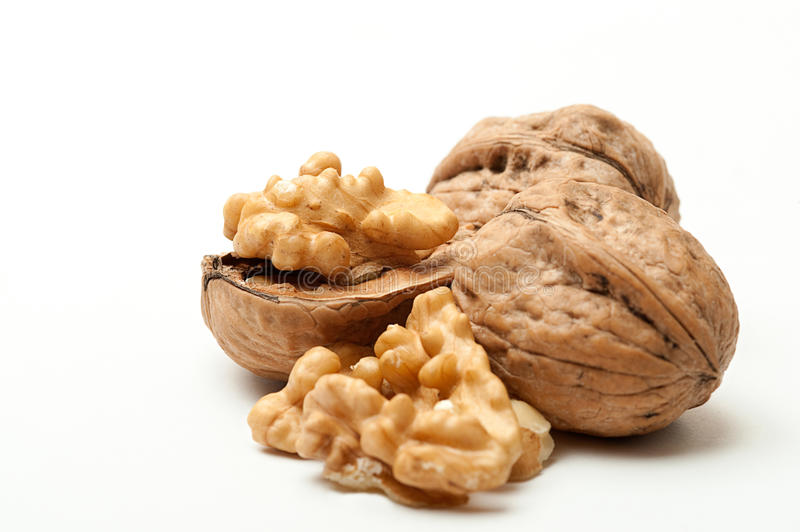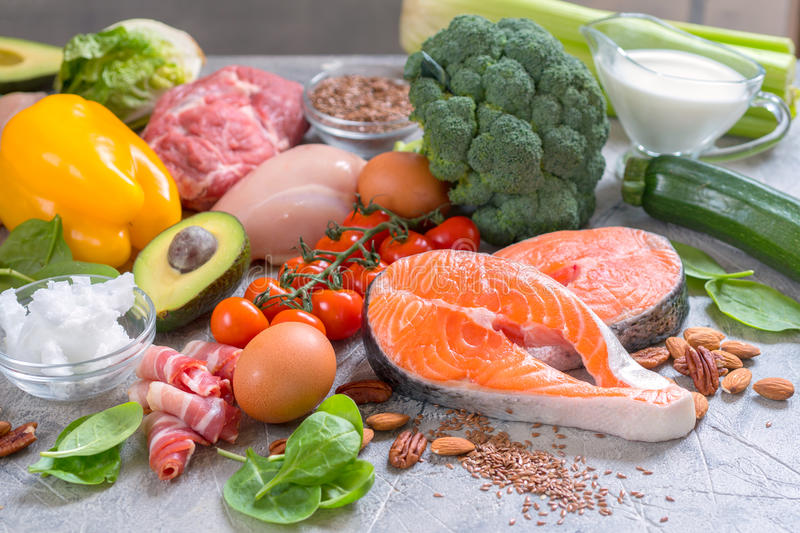Sleep Apnea underdiagnosed in connection to cardiovascular diseases
9月
18日
Despite its prevalence, OSA is often underdiagnosed and untreated, even though it can increase risk of heart failure, arrhythmias, hypertension, and coronary artery disease, according to an August 11 2022 report by Handawi journal. The report claims that sleep apnea occurs in more than 40% of CV patients.
In addition to CV diseases, sleep apnea can result in repetitive upper airway collapse during sleep and insufficient oxygen.
https://www.hindawi.com/journals/cdtp/2022/6006127/









